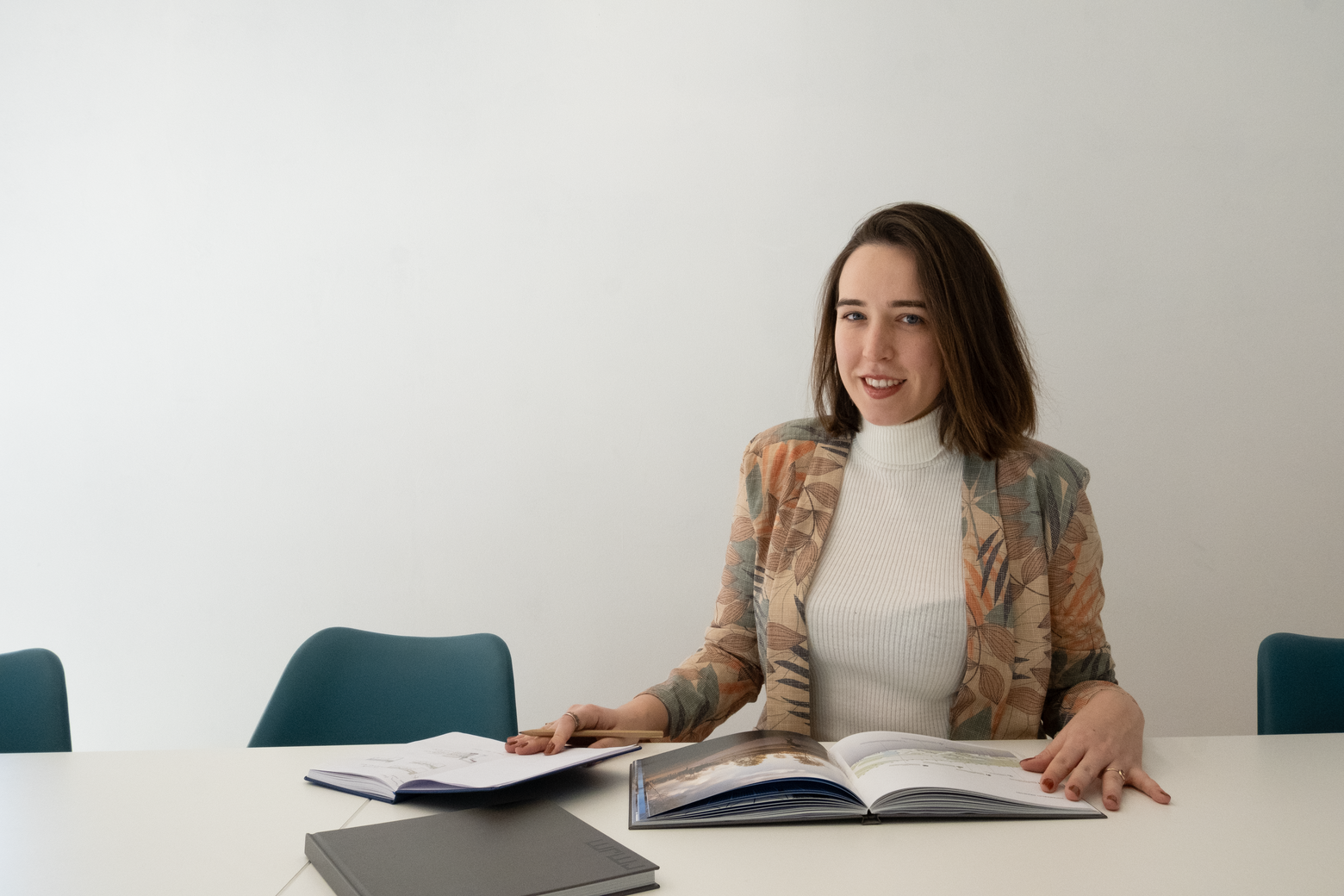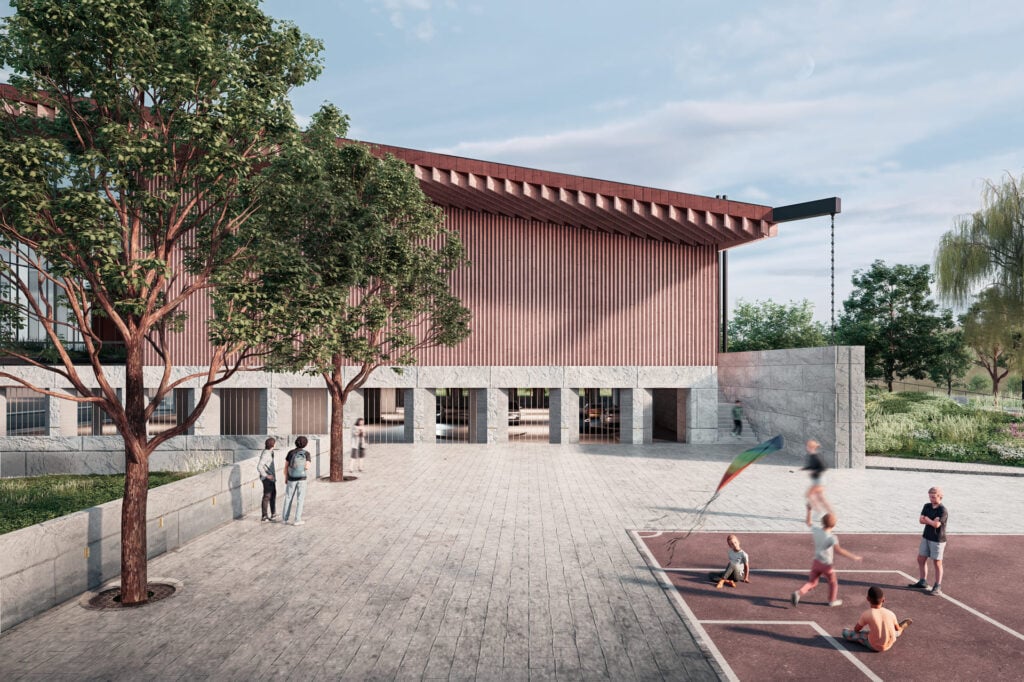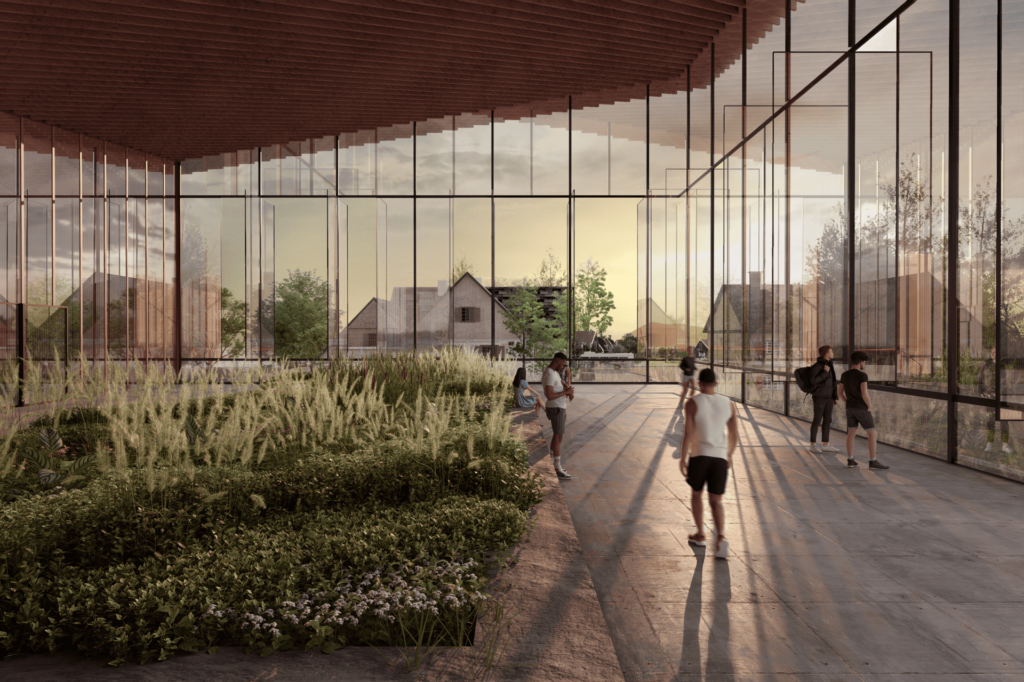Reflecting on your journey at RMJM so far, what have been the most rewarding aspects of your experience?
Being part of RMJM has been an enriching and inspiring journey, shaping both my creative and technical skills. When I first joined the team as an intern in 2021, one of the greatest opportunities I had was the chance to work on diverse projects that challenged me in various ways. For instance, I had to balance aesthetic design with functional requirements, which significantly enhanced my problem-solving abilities.
Following a period of leave to pursue my master’s degree, I rejoined RMJM in 2024 as a junior architect. After completing my first year in this role, I have further strengthened my ability to merge technical expertise with design innovation. Combining my knowledge in building technologies, gained through the Architectural Engineering program at Politecnico di Milano, with the design skills I developed through past experiences, I now contribute to our projects at a more advanced level.
One of the most valuable aspects of my experience is working in a collaborative environment fostered by Luca and Abhinav, where our design ideas and vision are valued. The ability to take responsibility for our projects motivates me even more, as it allows me to explore my creative potential and contribute meaningfully within a supportive environment. Working with experienced architects has been inspiring, giving me key insights into best practices in design processes, which are essential for my growth.
RMJM places a strong emphasis on teamwork – how has collaborating with colleagues influenced your approach to design?
Collaboration has been a key factor in the growth of designers, and my experience at RMJM has reinforced the value of teamwork in shaping innovative and impactful architecture. During my internship, I had the opportunity to contribute to the Quay Side District Masterplan in Malaysia, where I was actively involved in design development. Being part of a team that encouraged open discussions and valued fresh perspectives allowed me to share ideas freely and refine concepts alongside experienced architects. Having the chance to participate in design decisions actively, rather than being confined to supportive tasks, was an invaluable experience, demonstrating firsthand how diverse inputs lead to stronger, more thoughtful solutions.
Now, as a junior architect, my role has evolved significantly. Over the past year, I have taken on greater responsibility in competitions and ongoing projects, actively involved in every stage of the architectural process and project coordination. Transitioning from an intern contributing to discussions to leading aspects of the design process has strengthened my ability to balance creativity with technical precision.
More importantly, this experience has strengthened my belief that the best architectural solutions emerge through collaboration, continuous dialogue, and shared expertise. At RMJM, working within a dynamic and supportive team has refined my design approach, enhancing my adaptability, problem-solving skills, and ability to integrate diverse perspectives. Through daily brainstorming sessions, we leverage our individual strengths, refine concepts, and work together to find solutions to challenging projects. This collaborative environment not only improves the quality of our work but also fosters a culture of creativity and innovation, where each team member contributes to pushing architectural boundaries.
Can you share a project or experience that significantly contributed to your growth as an architect?
Every project brings new challenges and opportunities to grow as an architect. While my experience with the Quay Side District Masterplan in Malaysia taught me about large-scale urban planning, the Gingins Competition in Switzerland had the biggest impact on my approach to contextual design.
Gingins is a small town with a strong local identity, so designing a socio-cultural and sports complex there required careful consideration. Unlike urban projects, where modern buildings can blend into a dense cityscape, this project had to fit naturally within the village while still providing modern functions. To achieve this, we designed a multi-level podium that hid the parking while creating a public plaza, improving accessibility without disrupting the town’s scale. The butterfly roof helped optimize natural ventilation, insulation, and rainwater collection, making the building more sustainable and adaptable to seasonal changes.
Another challenge was ensuring the new structure respected the town’s character. We used locally sourced materials and positioned the buildings to align with the existing urban fabric, making the design feel like a natural extension of the community. Flexible indoor-outdoor spaces were included to adapt to different weather conditions while maintaining a strong connection to the surroundings. This project reinforced the importance of place-sensitive design and how architecture should respond to its environment rather than dominate it. It shaped my belief that successful design is not just about function but also about respecting and enhancing the identity of a place.
How do you approach balancing technical precision with creative expression in your work?
Balancing technical precision and creative expression is essential in my work, ensuring that designs are both innovative and practical. Creativity is most effective when supported by buildability, efficiency, and user needs, rather than being purely aesthetic. A design should be cost-effective and adaptable to serve its purpose while maintaining architectural integrity.
In my projects, I achieve this balance by integrating technical considerations early in the design process. This includes researching materials to ensure feasibility and compatibility with the project’s context. I also incorporate applicable building technologies from the start, allowing creative ideas to evolve alongside structural and environmental requirements. Rather than treating technical constraints as limitations, I use them as design drivers to refine and enhance the project.
A strong concept is important, but if it is too complex or costly to build, its impact is lost. Smart material selection, efficient construction methods, and thoughtful detailing help turn creative ideas into functional, high-performing spaces. By aligning design intent with technical feasibility, I ensure that the final outcome is both visually compelling and structurally sound.
Are there any architectural trends or innovations that particularly interest you and could shape the future of design?
I am particularly interested in biophilic design and carbon-neutral buildings, as they are redefining how architecture interacts with nature and energy. These approaches go beyond sustainability—they enhance well-being, improve efficiency, and make buildings more resilient to environmental challenges.
Biophilic design, which integrates natural elements into architecture to improve human health and productivity, is becoming essential in urban environments. Nature-integrated features,such as green areas, water elements, and dynamic lighting, enhance indoor environments while improving energy performance. As cities grow denser, reconnecting people with nature through design will be key to making urban spaces more livable.
Carbon-neutral buildings are another major shift, prioritizing the reduction of energy consumption through passive strategies before integrating active energy systems. The key approach is to design buildings that naturally minimize their energy demand, ensuring efficiency at the core rather than relying solely on energy production. Once consumption is optimized, renewable and low-carbon technologies can be effectively implemented to meet the remaining energy needs. The challenge lies in making this approach both efficient and accessible, ensuring it becomes the standard rather than the exception.
Looking ahead, I believe the future of architecture will be about integration—combining nature, technology, and smart materials to create buildings that are not just efficient but also enriching for both people and the planet.




